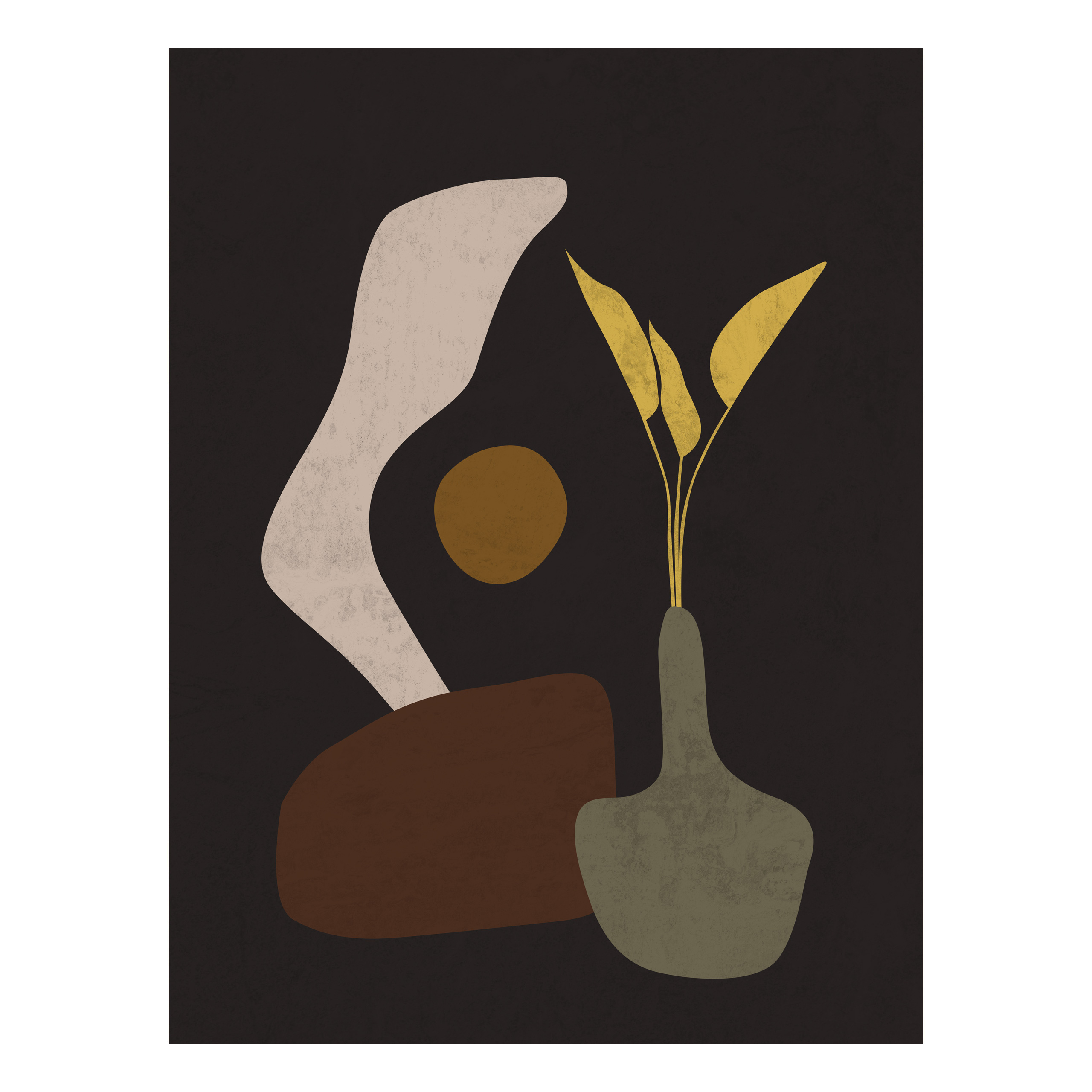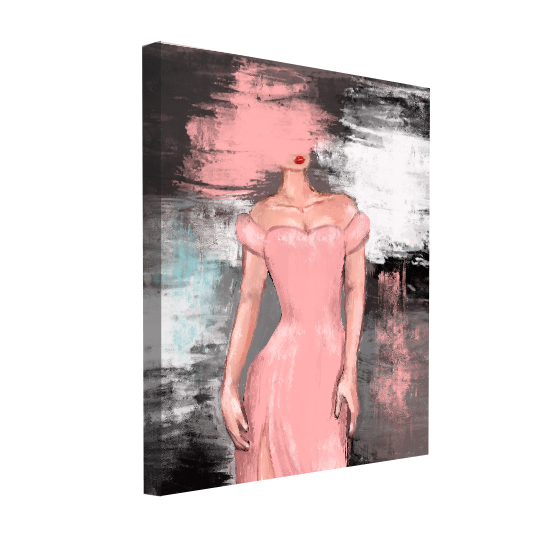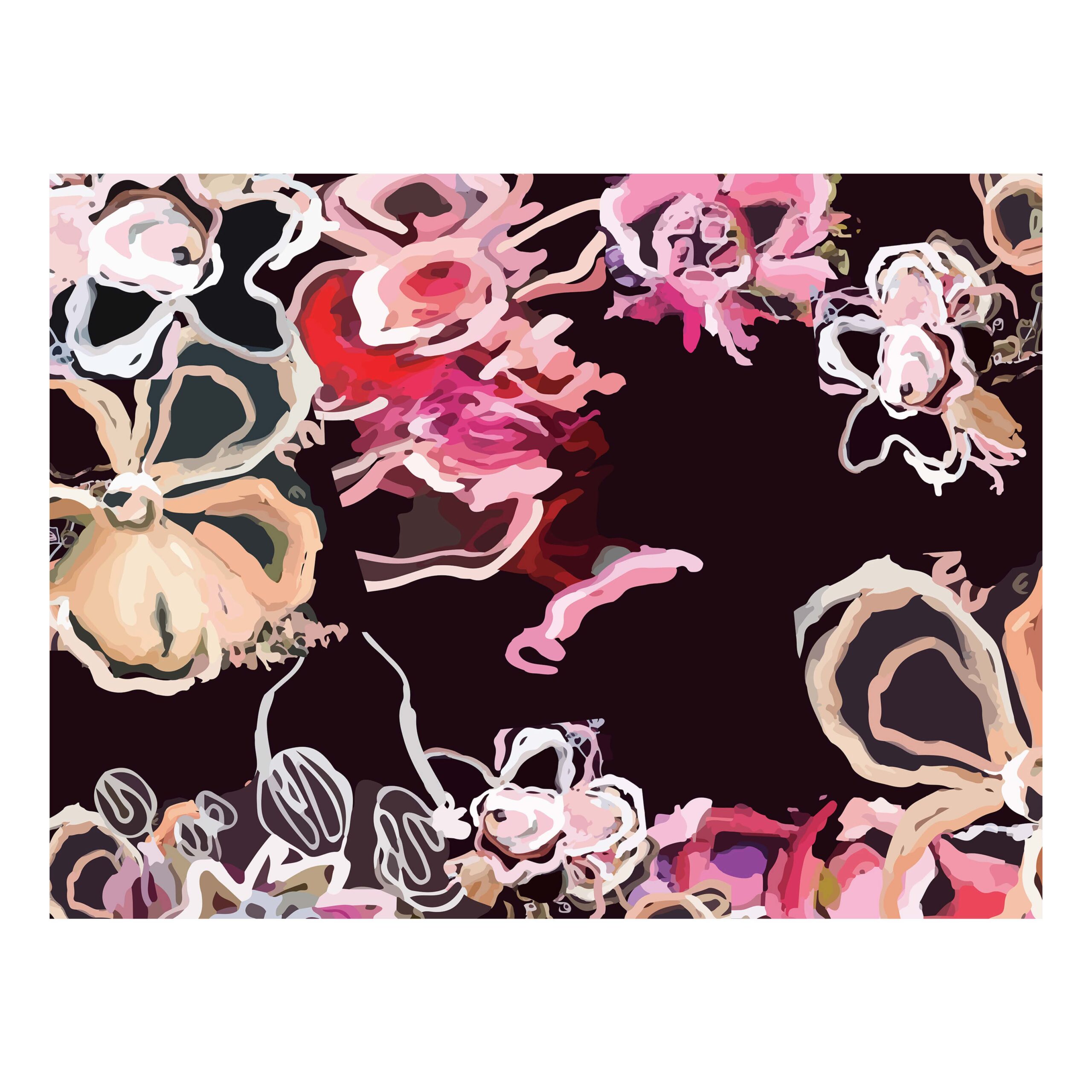When looking at a piece of abstract art many people can feel confused about what approach to take to make that vital connection that makes art understandable. Are you supposed to look for some pattern within the work? Are you supposed to judge by your first impression, or wait a few moments till the meaning arrives? Is there a subtlety in the choice of colors that leads the viewer to some deeper understanding of the world?
The truth is that there are many ways to approach a piece of art and interpret its meaning, and all of them are just as valid as the next. For example, if you were to look at the work of Rembrandt, you will likely be fascinated by the mastery of the artist’s technique in capturing his subjects in color light and shadow. But if you were to look at the work of Jason Pollock you will undoubtedly feel impressed by the work although you may not be able to place your finger on what is being captured in a myriad of colors, shapes and forms.
But abstract art prints exist to capture a subject that can’t be defined as easily as the subjects chosen by realist, surrealist or cubist art for example — hence they are abstract. Because abstract themes can be experienced very differently from one person to another, it is largely up to the viewer to decide how successful the artist was in portraying the abstract concept and evoking the emotions that are associated with this concept.

While it sounds complicated it really isn’t. Think of it like listening to a symphony by one of the great composers. It is hard to ignore the feeling of elation and melancholy felt when listening to “Air on the G-String” by J.S. Bach although there are no words, forms or figures that can be connected to these emotions.
In the same way, gazing at a piece of abstract art can also flood the mind with similar feelings and excite emotional connections that can be perceived by the viewer. Of course, just like with listening to classical music, perception of these abstract concepts will be enhanced the deeper one travels into the marvelous world of abstract art. So, don’t feel bad if you feel a bit confused at the beginning, many people do.
Nevertheless, here are a few tips and pointers that can help you on your quest to find personal interpretations to the abstract art you will encounter on your own journey
It’s Not About Time
It’s not about how long you gaze at the work of art; it won’t change after any given amount of time. It is about experiencing the work and asking yourself if it captures your attention or evokes something in you. This can happen in an instant, or maybe no until the 52nd time you view the work.
Don’t focus on the “talent” of the Artist
All art, even realistic art, is subjective. There will be times when you simply don’t make a connection with a specific piece of work, but this is not a reflection of your capacity to interpret or the artist’s capacity to deliver. Just like falling in love is not about the personal merit of either person, but about the capacity to create an ineffable connection, abstract art is about how the art makes you feel inside.
The Title Can Be Misleading

Many times, the artist will purposely give a very vague name to their work. Perhaps because if they would use a very specific name, they could guide the emotions and interpretation of the viewer in a specific direction. Better to just remain open and give your subconscious a chance to run free. By allowing yourself to be sensitive to your own impressions, you will begin to enhance the quality of your own awareness. This will allow you to interpret abstract art on your terms.
Let the Work of Art do the Talking
A common mistake is to assume you are “supposed” to be feeling or seeing something. A good way to avoid this pitfall is to practice freeing your mind of judgement, questions and connections. Allow the work of art to ask the questions to you. Observe and feel your way across the painting allowing the work of art to be the guide.
Don’t Stress
When beginning their journey through the magical land of abstract art, many people feel foolish if they can’t make a connection, but ignore this tendency. You could go through an entire museum and only make a connection with a single work of art. But that vital first connection is like a tiny window being opened that allows you to peek through. The more windows you find the greater your perception will become.
The more you get accustomed to bathing in the mystery of abstract art the greater pleasure you will derive from the experience. Be slow and take an intuitive approach and soon all the subtleties of abstract art will be revealed.
